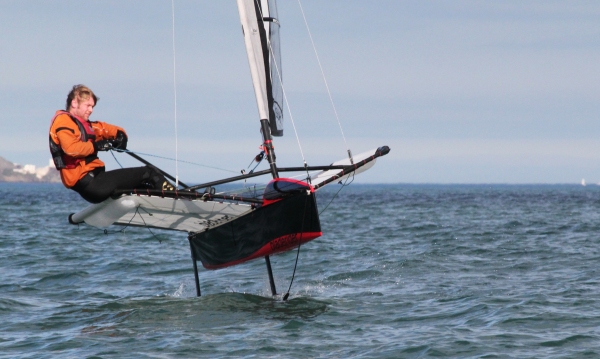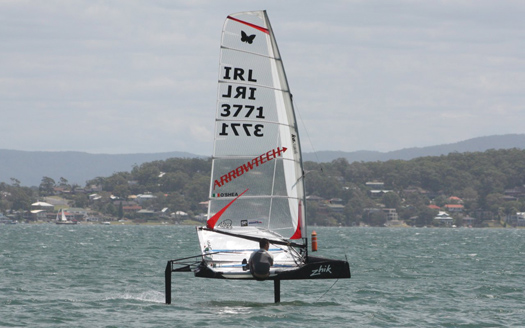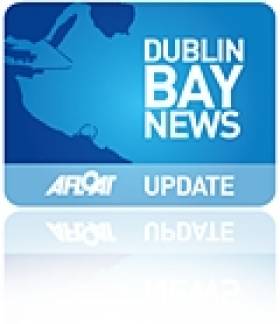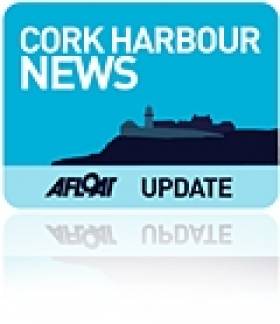Displaying items by tag: foil
The Foiling Laser – Who Will Be First In Ireland?
#laser – The invention of a new bolt-on foiling kit means the foiling experience is open to more sailors than ever before. As Afloat.ie previously reported in 2013 after four years of product and design testing, Peter Stephinson and Ian Ward launched the Glide Free Foil kit for Lasers in 2013.
The key element of the kit is a horizontal lifting foil that's controlled by a surface-sensing wand, which is built into the centerboard. A special insert is fitted into the Laser centrecase, which accepts the foil and locks it in position, with no need for fastenings or any alterations to a standard Laser dinghy at all.
The system is also unique in the sense that it can be rotated for and aft and retracted for ease of launching.
So far, just under 100 units have been sold across the globe since launching in 2013. As YBW report some of the kits have been sold in Manchester and Stokes Bay in the UK but as far as we are aware none yet to Ireland.
Moth Dinghy Debuts on Dublin Bay
Since our report on Ireland's debut at the Moth worlds in January it was inevitable that one of these high speed sailing dinghies would appear on Irish waters soon enough. Yesterday, John Chambers took his first tack of 2011 on Dublin Bay in a Moth he bought in France. Clearly the high speed foiling craft did not go unnoticed. It got an immediate thumbs up from the nearby DMYC frostbite fleet sailing their penultimate race.
The Bladerider Moth came blasting back from the Baily lighthouse, according to eyewitness accounts. It has hydrofoils on the dagger board and rudder which lift the boat out of the water when sufficient speed is achieved.
It is Chamber's intention to sail the innovative dinghy in this Summer's Dublin Bay Sailing Club (DBSC) summer season.
Video of the Dublin Bay sail plus a photo from Bob Hobby is below:

Moth sailing on Dublin bay. Photo: Bob Hobby
Moth sailing in Ireland on facebook HERE
O'Shea Fourth in Moth Worlds Silver Fleet
Ex-Pat Michael O'Shea has finished fourth in the silver fleet of the Moth world championships staged in Belmont, Australia.
The class promises to be the next hot thing because of its high speed through the use of foils that keep the hull clear of the water. The class has yet to be established in Ireland.
The Cork sailor set a personal best of 27.5 knots (10 second average) in one of the races.
O'Shea, a former 49er and Hobie 18 sailor from Monkstown, is now living in Sydney and was the sole Irish competitor at the Moth event.

Michael has heard that heard there are a couple of boats in Dublin and is keen to help out anyone who is looking to get into the class with tips and tricks.
Watch the interview with Michael below. More pics of Michael HERE.
His next target on water is to try and hit 30 knots, not bad in a sailing dinghy! but his target ashore is to spread the word of these great advances back home.
"I'm looking to see if I can promote the class in Ireland and get some other sailors interested. The next worlds (2012) are in Lake Garda, somewhat easier to get to fro Ireland, he told Afloat.ie.
And it appears the boats are easily transportable- thanks to Ryanair - click HERE































































